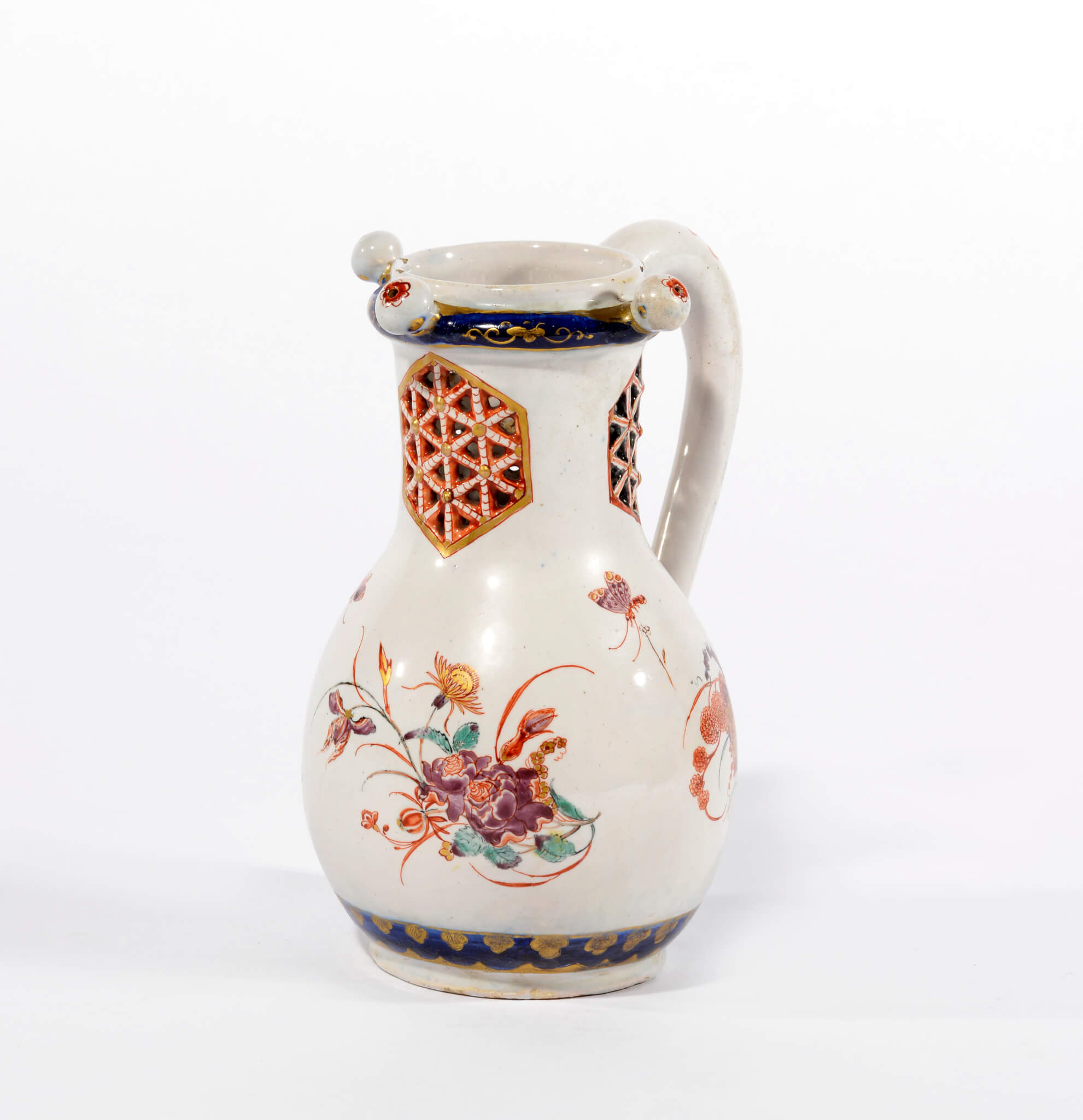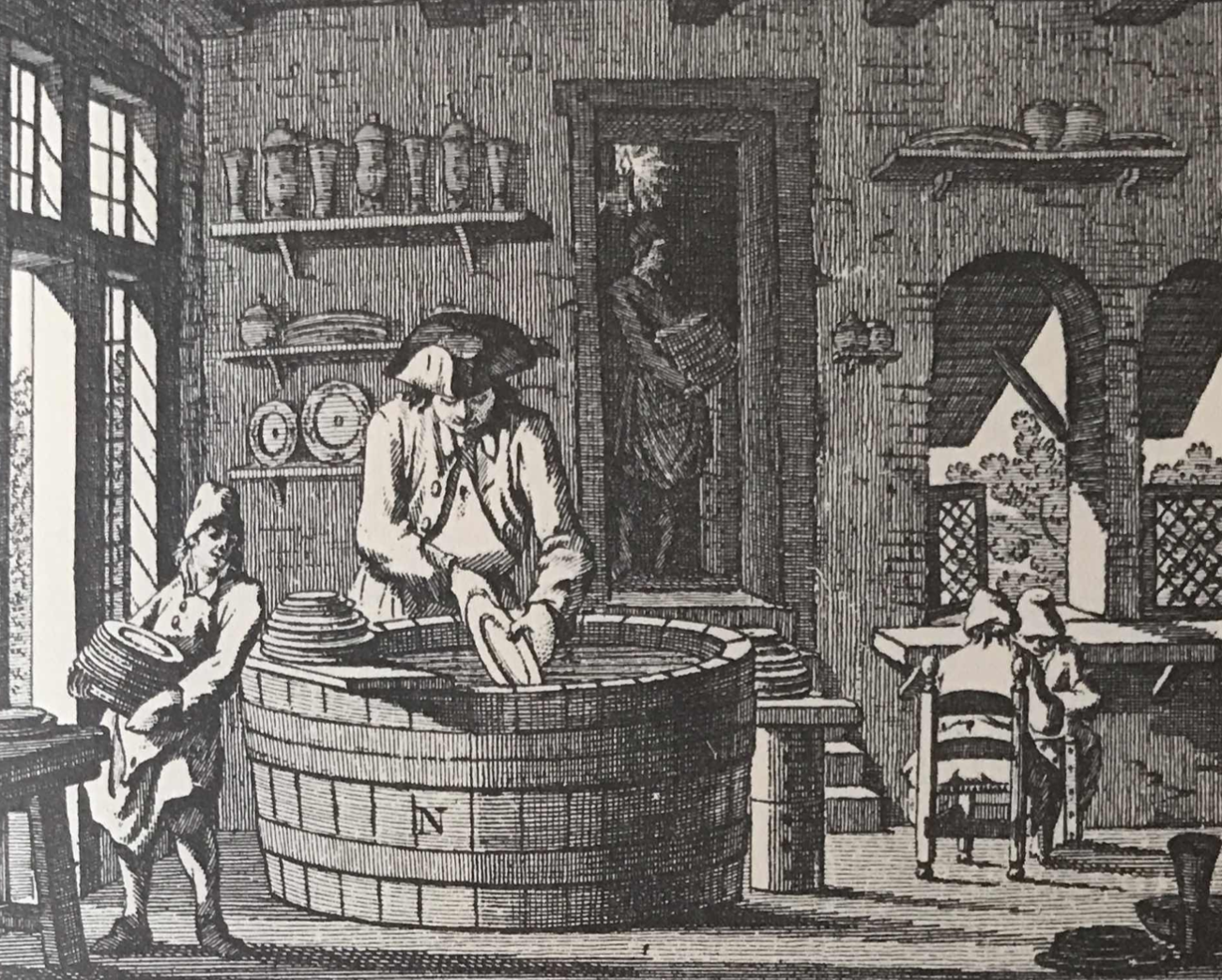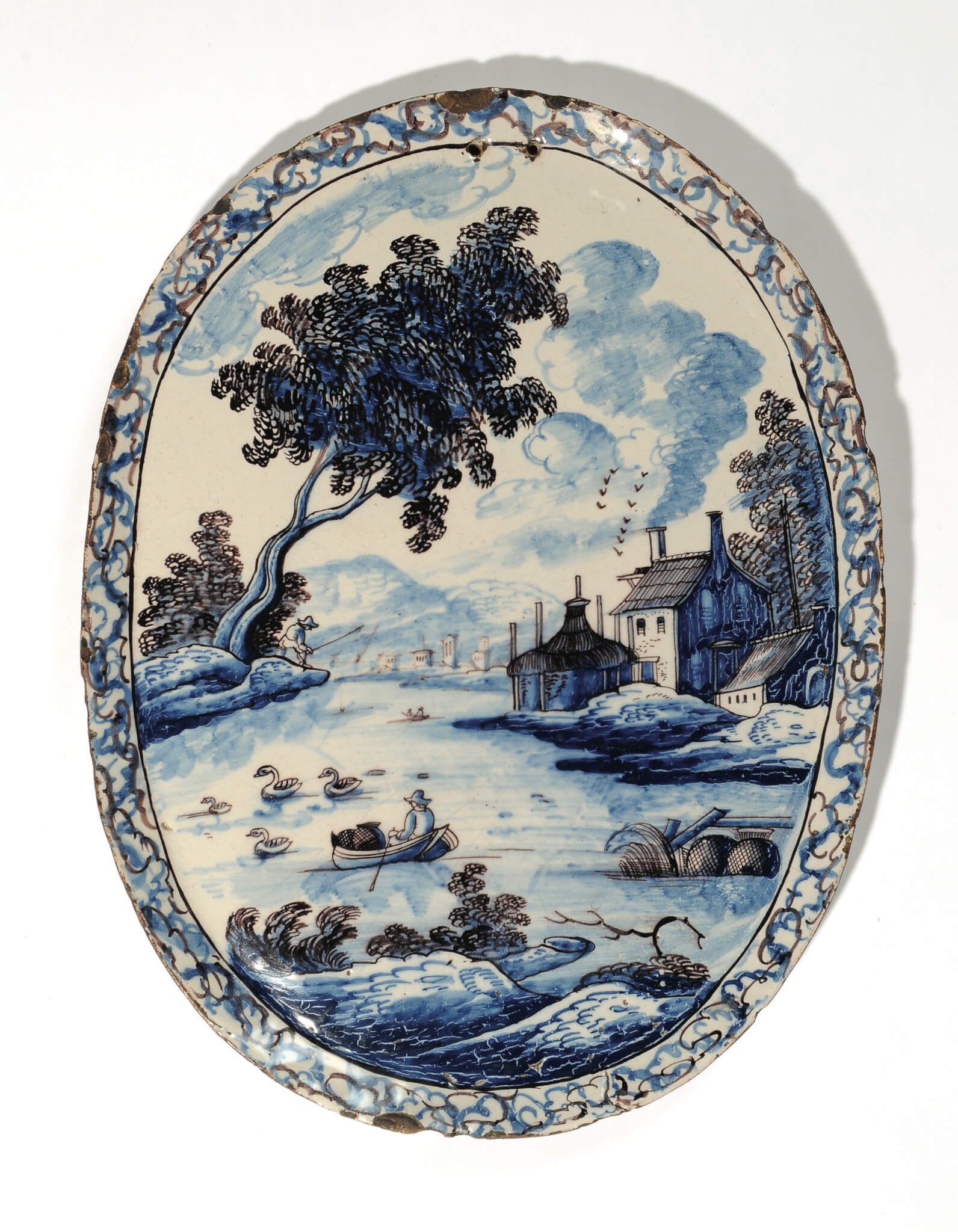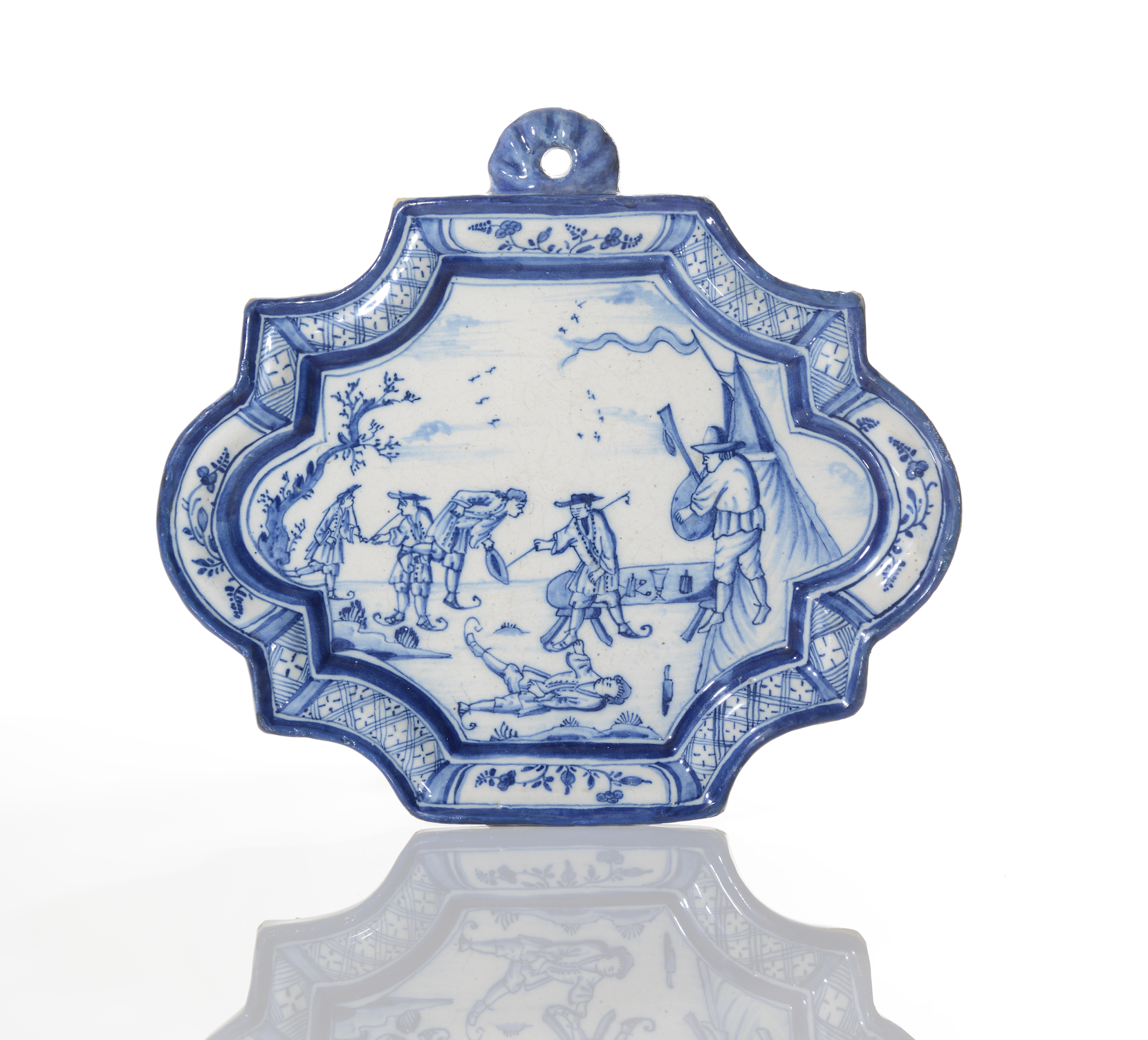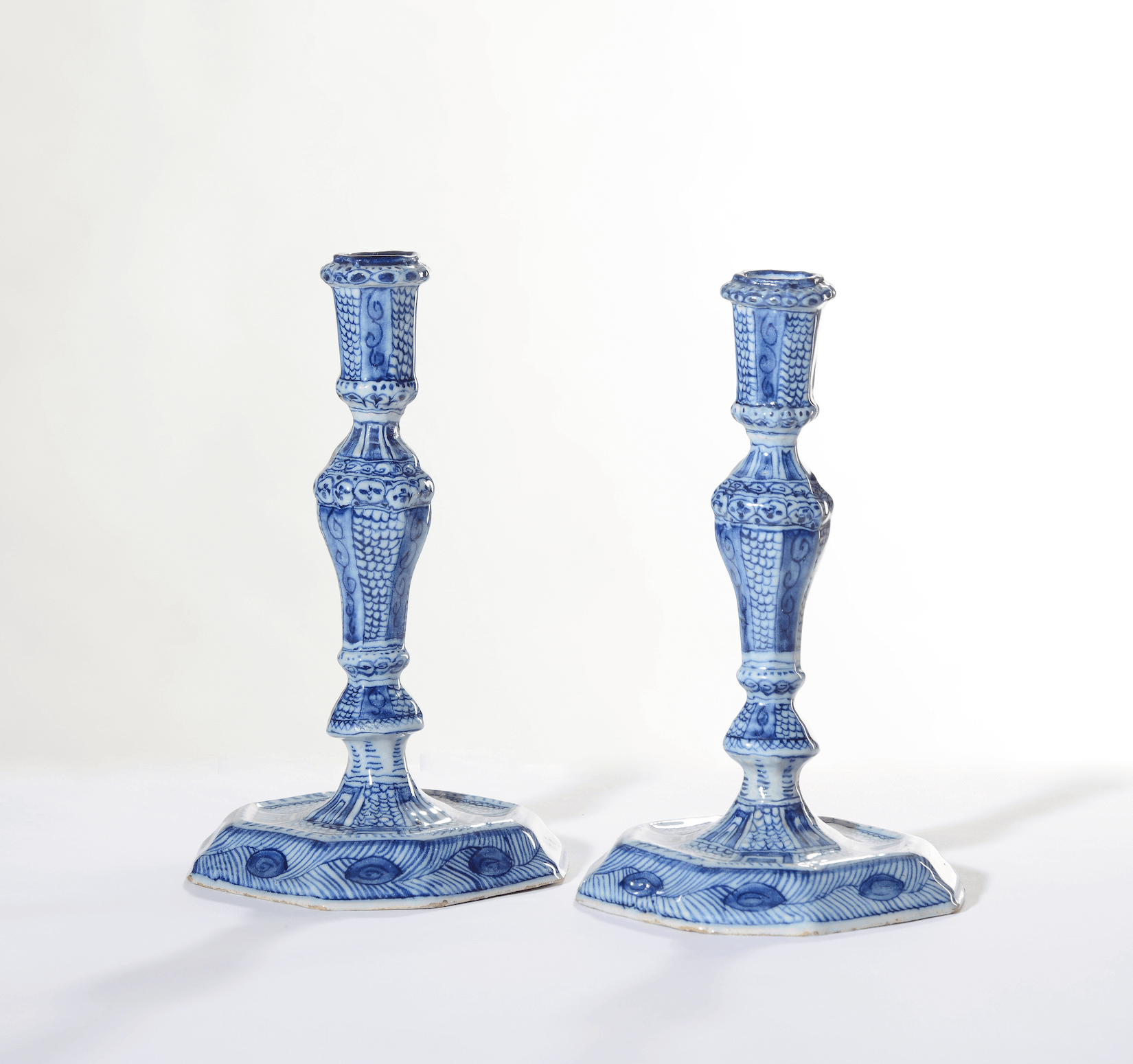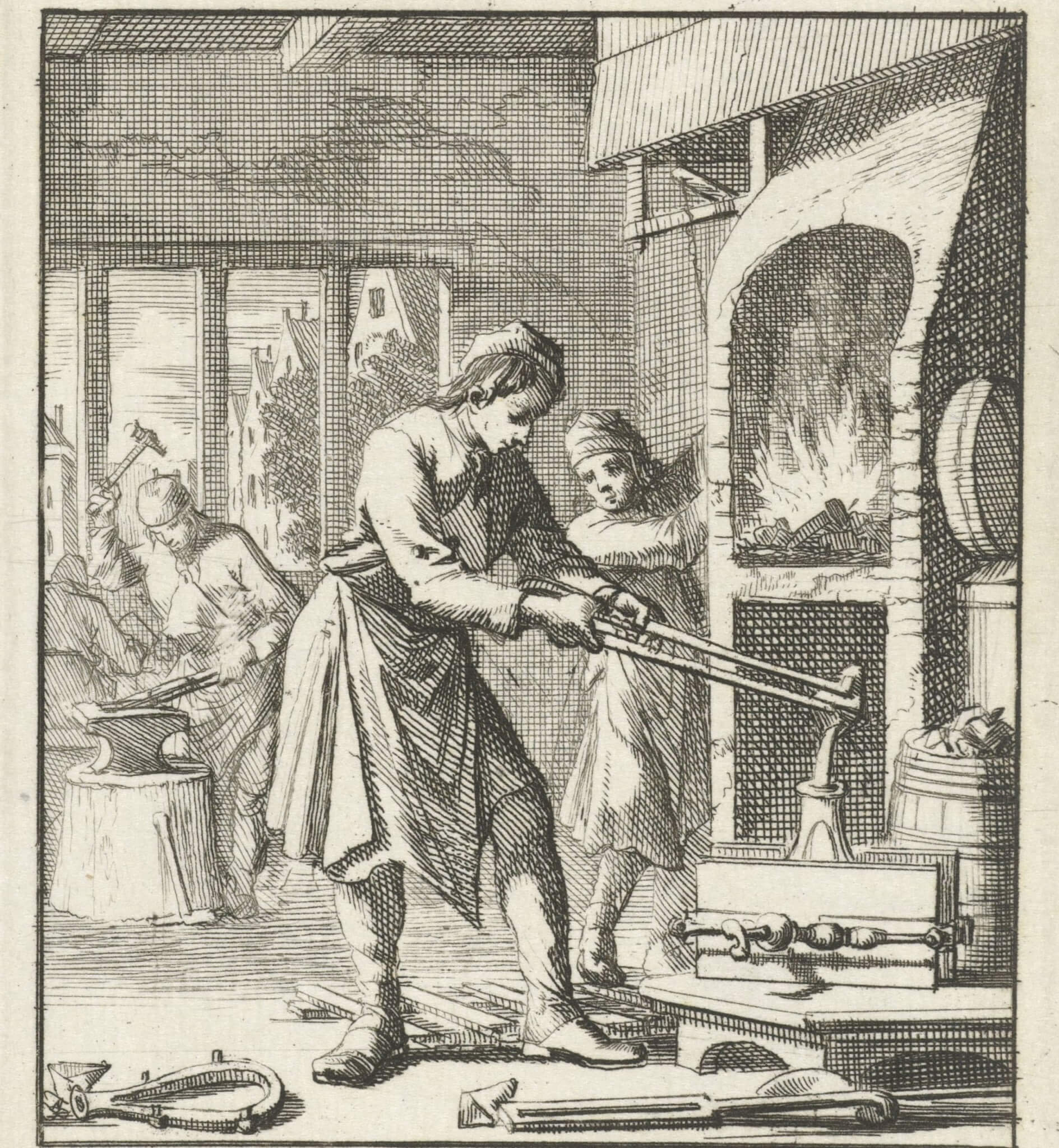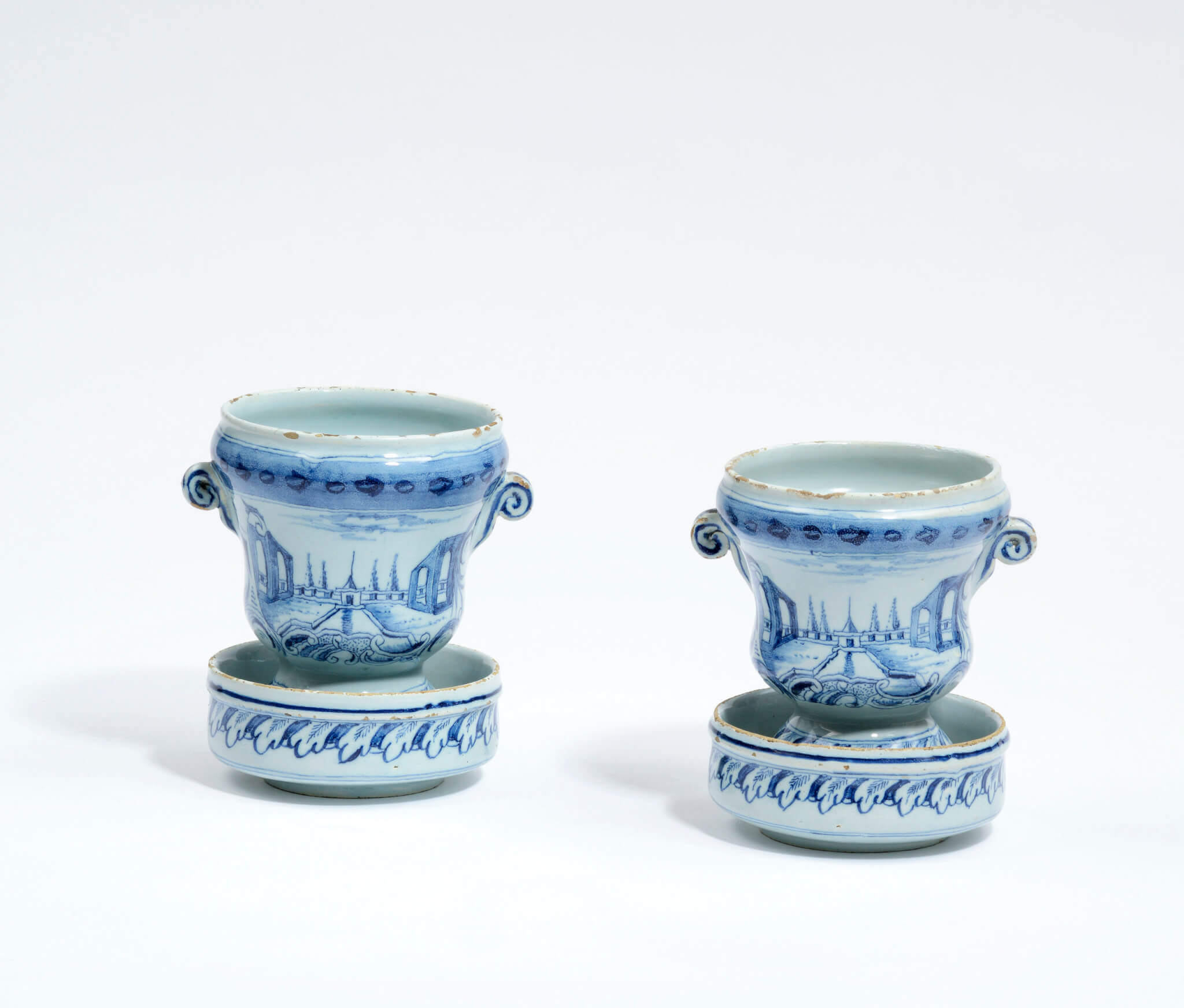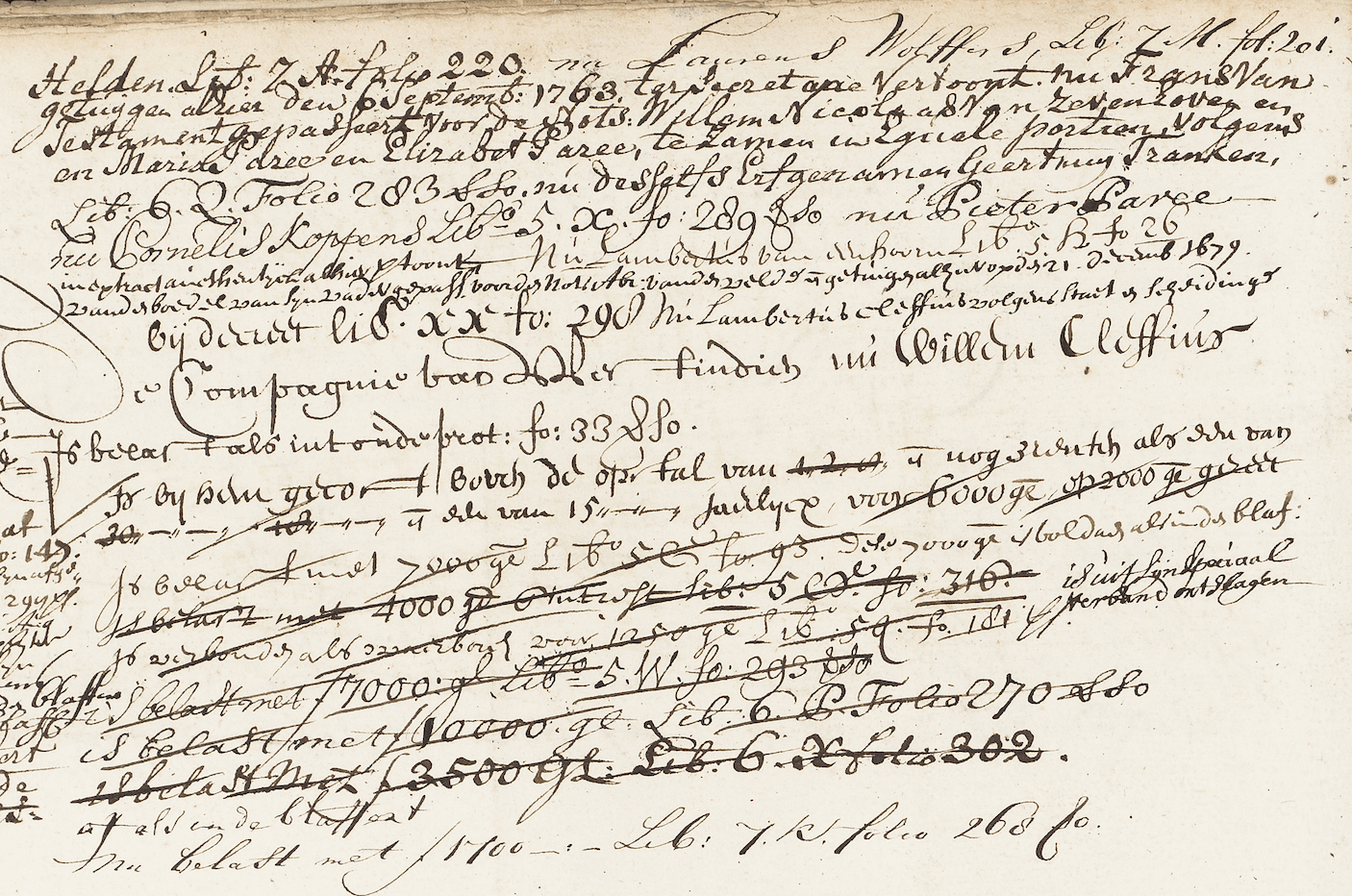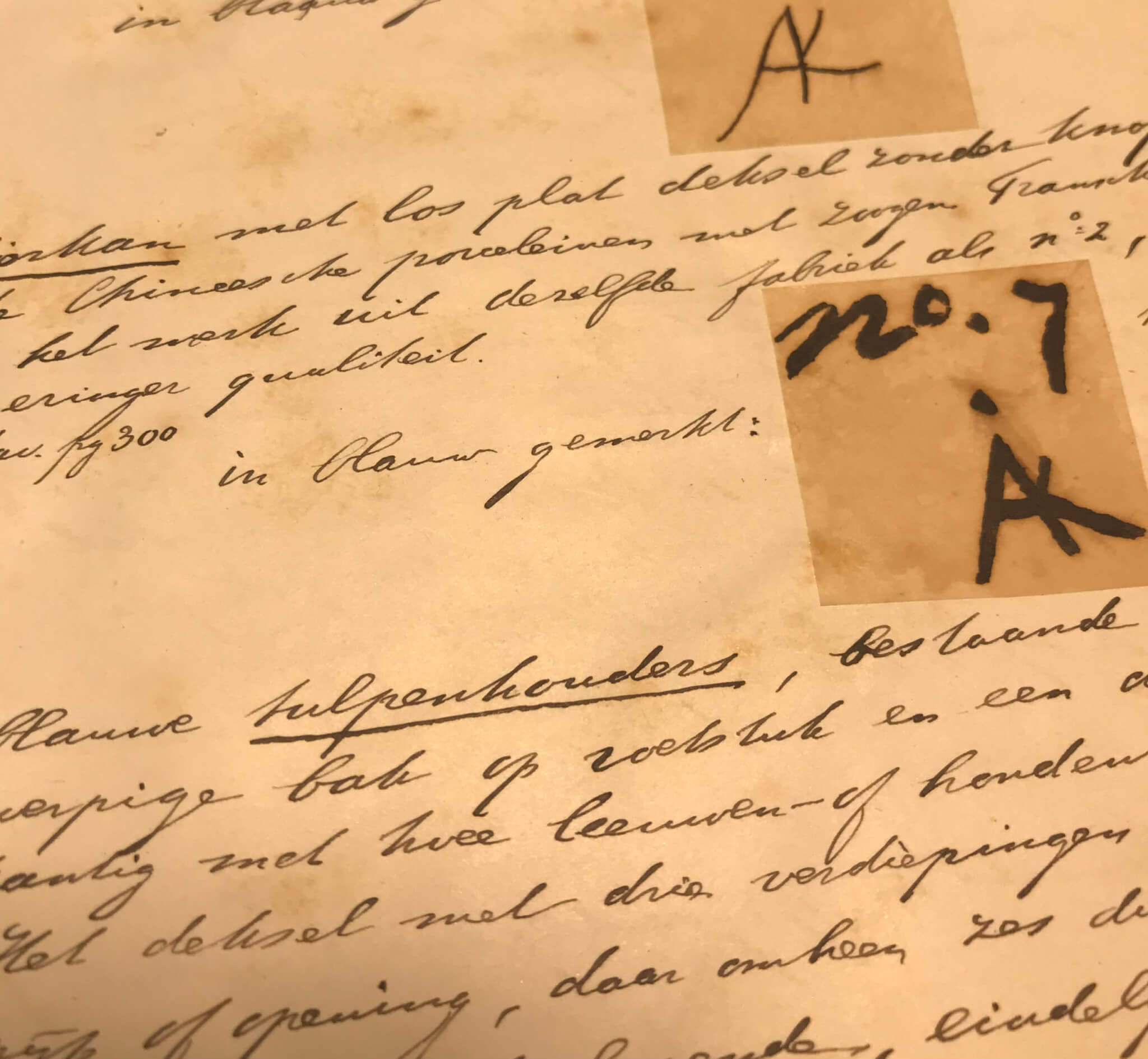Petit Feu Polychrome and Gilded Puzzle Jug
Every month we present you a special object from the Aronson Antiquairs’ collection. This month, we would like to show you this petit feu and gilded puzzle jug from circa 1730. The puzzle jug is one of the oldest jokes in the Delft potters’ continually playful repertoire. Puzzle jugs were intended as an amusing tavern game…

